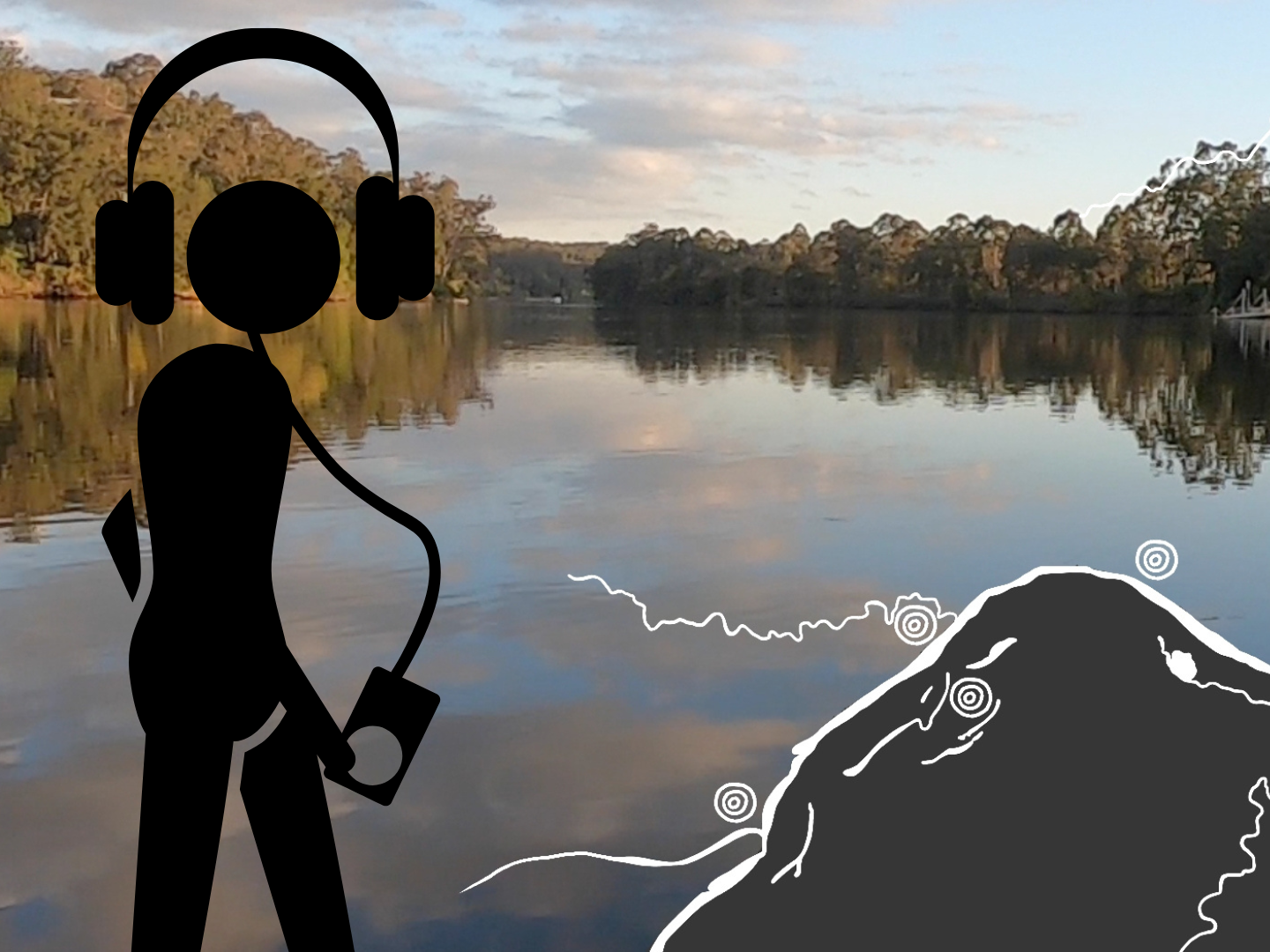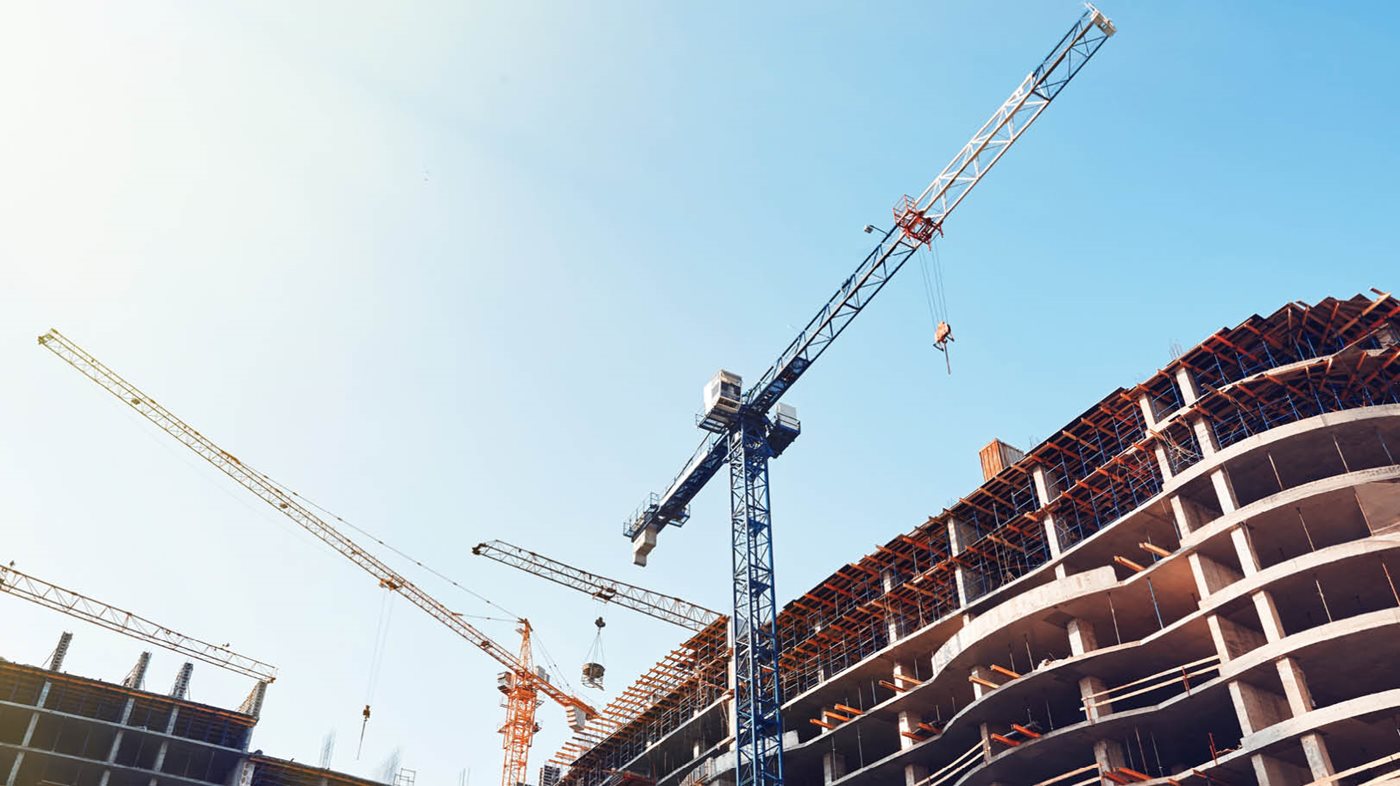Wellington Shire Council has taken significant steps towards empowering and strengthening high-risk communities in the aftermath of disasters through the establishment of Community Recovery Committees (CRCs).
Following severe storm events in 2021, Council secured state government funding through Emergency Recovery Victoria (ERV) to support resilience projects in highly impacted areas through the creation of locally led Community Recovery Committees. The initiative was designed to provide a community-focused approach to recovery, allowing residents to take the lead and shape their recovery and build resilience for the future.
In Wellington Shire, committees were formed in Devon North, Carrajung, Loch Sport and coastal areas.
Under the funding requirements, there are three key themes to guide priorities and projects for individual communities – that being, places of relief; communications; and training community members.
In Devon North and Carrajung, upgrades to community halls are high on the priority list as these initiatives will make a significant impact on the communities’ ability to withstand and recover from emergencies.
In the coastal towns of Seaspray and Golden Beach, training initiatives such as mental health and first aid have taken a priority as part of their recovery efforts.
In Loch Sport, the CRC working under the Loch Sport Community House and Public Hall recognised the need for an emergency guide map. The map was designed to highlight important emergency information, including the location of a Neighbourhood Safer Place, defibrillator locations, the Country Fire Authority (CFA) station, and the addresses of key local businesses.
The effectiveness of this emergency guide became evident when the CFA utilised these maps to assist responding Strike Teams to pinpoint properties during the recent and unexpected bushfire in Loch Sport in early October this year. Currently, Wellington Shire Council is collaborating with the CRC to distribute these maps to all residents of Loch Sport before the peak of summer hits.
Wellington Shire Mayor, Cr Ian Bye emphasised the importance of community-led recovery.
“The Community Recovery Committee’s place-based, community-led approach is so important when undertaking recovery work and preparing for the future. We want to make sure our communities are resilient, can lead recovery according to their needs, and are well-prepared and confident in their ability to respond to severe weather events in the future”. Cr Bye said.
Building on the important work of the CRCs is the need for emergency preparedness when heading into a hot and dry summer. Earlier this year, Council’s Emergency Management team partnered with agencies including Victoria Police, Forest Fire Management Victoria, SES, Red Cross, Country Fire Authority and Ambulance Victoria to conduct emergency preparedness sessions for residents located in communities identified ‘most-at-risk’.
To date, sessions in Loch Sport, Seaton, Glenmaggie, Coongulla, Golden Beach, Devon North, Tarra Valley, Carrajung, Woodside, Meerlieu and McLoughlins Beach have been well-attended by the community. They have proven highly informative, offering residents valuable tips and ideas, guidance on keeping informed, and insights into the different roles of local government and emergency services. Sessions have also supported creation of strong relationships and networks amongst neighbours, particularly for newcomers to the area and for more vulnerable community members.
Residents have appreciated the opportunity to engage with multiple emergency service agencies during Q&A sessions, ensuring a well-informed and collaborative approach to local risk management.
The establishment of Community Recovery Committees and the ongoing commitment to community-led recovery highlights the importance of enhancing resilience and preparedness. By working closely with affected communities and stakeholders, small communities will be well-equipped to respond to future disasters and challenges.








